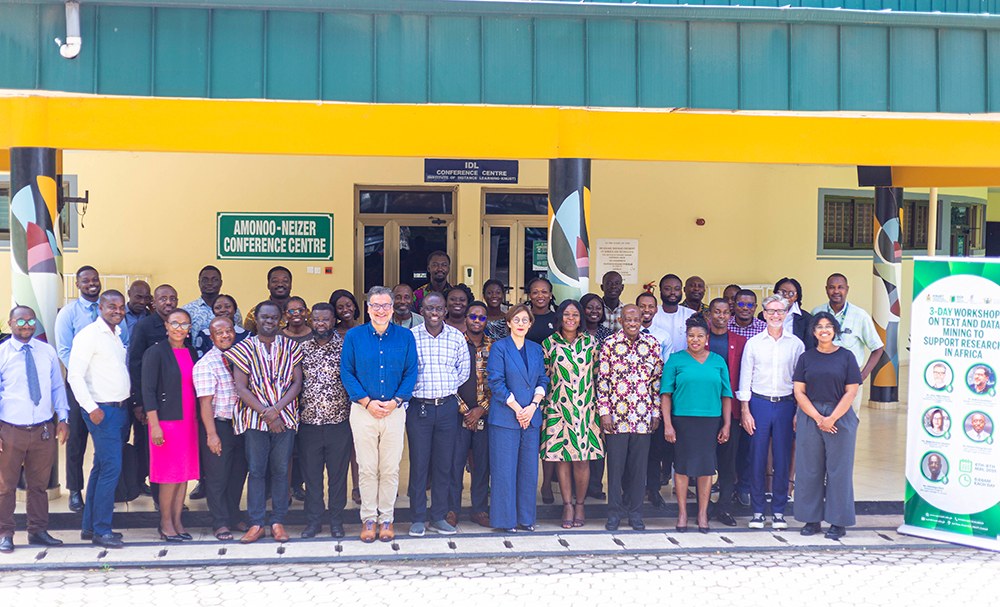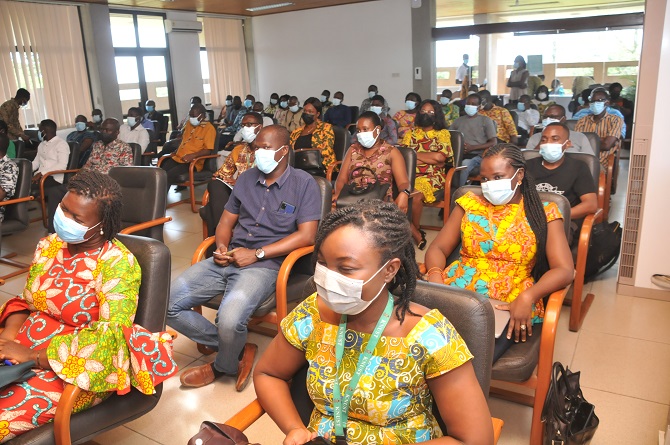'Surprising gaps' in ovarian cancer research: US report
Main page content
Ovarian cancer, often called the "silent killer," is poorly understood by researchers and often does not even originate in the ovaries, a US panel said Wednesday.
With no cure in sight, no reliable early screening tests and a lack of effective treatments for the cancer, the National Academies of Sciences, Engineering and Medicine called for a series of steps to close what it said were "surprising gaps in the fundamental knowledge about and understanding of ovarian cancer."
Ovarian cancers kill about 14,000 women each year in the United States, where some 21,000 women are diagnosed annually with what is the nation's fifth most common cancer.
"Ovarian cancer is not a single disease. Indeed, it is a constellation of sub-types," said Jerome Strauss, chair of the committee that authored the 377-page congressionally mandated report.
"And these different types of cancers have different origins in the reproductive tract."
Experts have found that "a substantial proportion of carcinomas labeled 'ovarian' may actually originate outside the ovary," such as the fallopian tubes, said the report.
Early symptoms of ovarian cancer may include bloating, pain while urinating or abdominal discomfort; but often, no early symptoms are detectable.
About two in three women who are diagnosed with the cancer learn of it only once it is already advanced and has spread beyond its initial site.
Fewer than 30 percent of women who receive these late diagnoses will survive beyond five years.
Overall, fewer than half (46 percent) of all women diagnosed with ovarian cancer live for five years.
- Opportunities to improve -
But there are research opportunities "that, if addressed, could have the greatest impact on reducing the number of women who are diagnosed with or die from ovarian cancers," said the report.
These include placing a priority on research into high-grade serous carcinoma (HGSC), the most common and lethal subtype of ovarian cancer.
A better understanding of the range of other subtypes is also needed, the report said.
Women with mutations in their BRCA1 or BRCA2 genes are known to face a higher risk for ovarian cancer -- along with breast cancer.
But genetic testing and counseling for families at risk has not been "universally adopted," said the report.
"The committee discussed this at length and really recommended that women with ovarian cancer have genetic testing beyond just BRCA1 and BRCA2," said Beth Karlan, director of the women's cancer program at Cedars-Sinai.
"And that this testing also be discussed with their family members -- what we call cascade testing -- so that their sons, daughters, sisters and brothers can also find out if they are carriers of these genes and would also be at risk."
But since most women who get ovarian cancer have no family history of it, the report also called for a fresh effort to understand the risks of developing ovarian cancer, "including hormonal, behavioral, social and environmental factors."
Another challenge involves the relative rarity of ovarian cancer.
Although it is the seventh most common cancer in women worldwide, clinical trials may enroll fewer participants than breast cancer trials, for instance, so researchers must design trials "that are information-rich in terms of molecular characterization and metadata so that clinically useful conclusions can be drawn quickly from smaller study enrollments," said Strauss.
Treatment remains a major obstacle. Most women with ovarian cancer are initially treated with platinum-based chemotherapy.
While many respond well at first, "virtually all recurrent ovarian cancers ultimately become resistant to current drug therapies," said the report.
Experts are also concerned about racial and socioeconomic disparities in survival among women with ovarian cancer.
While the five-year survival rates has generally risen since the 1970s, among African-American women the trend has worsened, with survival rates falling from 42 to 36 percent in that period, said the report.
"Less than one half of the women with ovarian cancer in the US receive current standard care," said Karlan, noting that women who are older, non-white, poor, or live in rural settings may be prone to receiving less than optimal care.
"Inconsistencies in treatment approaches and disparities in care delivery contribute to poorer outcomes."



